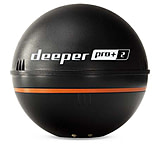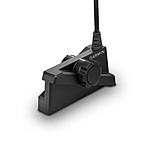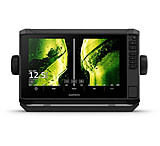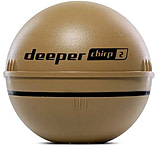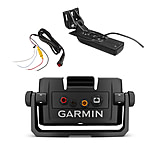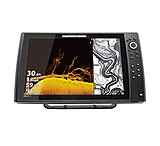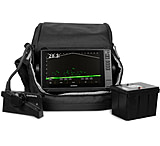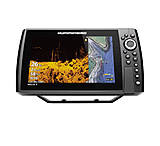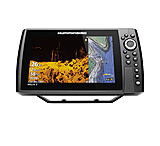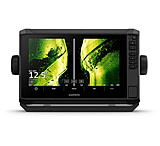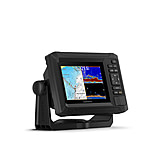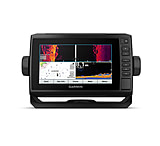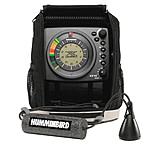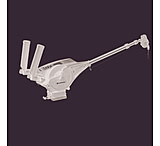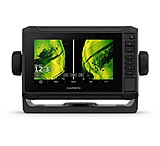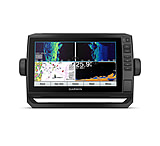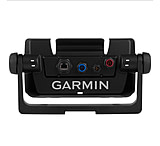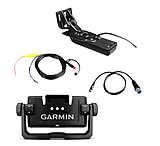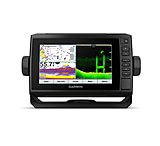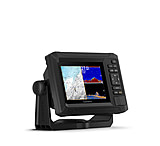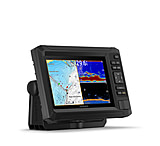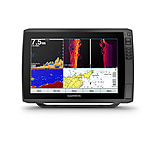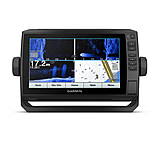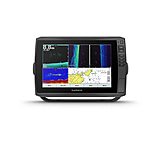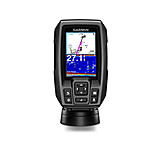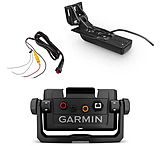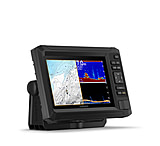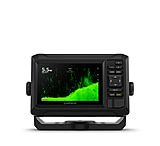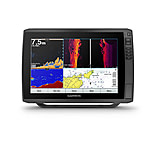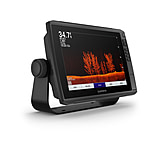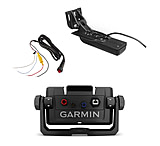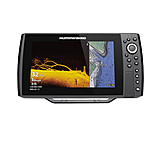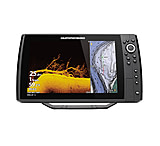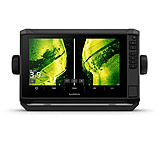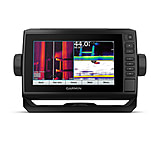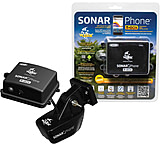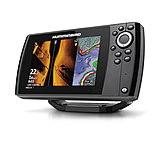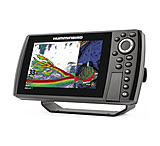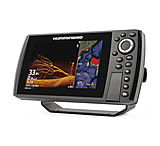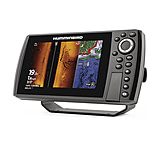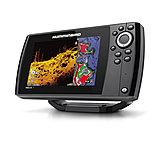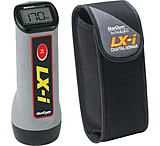Fishfinders - Compact Fishfinders, Mountable Fishfinders, GPS Fish Finder & More! — 127 products / 142 models — Page 1
We know how frustrating it can be to finally get out on the water for your big fishing trip and find that none of the fish are biting. That's why we have this page of fishfinders. The fish ARE biting, just not where you're looking, so take the guesswork out of your passion. Our fishfinders cover a wide variety of needs, so if you'd like a GPS fishfinder that shows you not only where the fish are, but where you are and how to get back to your dock. That's a lot of functionality for a single piece of fishing gear. ![]()
Is a depth finder the same as a fish finder?
A depth finder, also known as a depth sounder or echo sounder, is a device used to measure the depth of water beneath a boat or ship. It uses sonar technology to send sound waves to the bottom of the water body and measures the time it takes for the sound waves to bounce back. By calculating the time taken and the speed of sound in water, the device can determine the depth of the water.
A fish finder, on the other hand, is a device used by anglers and fishermen to locate fish underwater. It also utilizes sonar technology but has additional features beyond just measuring depth. A fish finder can display information about the underwater terrain, water temperature, and most importantly, it can detect and display the presence of fish. It uses the same principle of sonar, where sound waves are sent into the water, and the returning echoes are interpreted to identify objects, including fish.
Overall, a fish finder provides several other features beyond finding depth, while a depth finder simply determines the depth of the water.
What should I look for in a fish finder?
There are several facets of a fish finder to consider before purchasing. Here are some of the most popular features to look for:
- Frequency: Fish finders operate at different frequencies, typically ranging from 50 kHz to 200 kHz or higher. Lower frequencies provide greater depth penetration but less detail, while higher frequencies offer better detail but are suitable for shallower waters. Consider the type of fishing you'll be doing and the depth of the waters you'll be exploring to choose an appropriate frequency.
- Transducer Type: The transducer is the part of the fish finder that emits and receives sonar signals. Transducers come in various types, such as single-beam, dual-beam, or multiple-beam. Dual-beam or multiple-beam transducers offer better coverage and more accurate imaging. Some advanced fish finders even have side-scanning or down-scanning capabilities for enhanced underwater visualization.
- Display Quality: Look for a fish finder with a clear and high-resolution display. A larger screen size allows for better readability, especially in bright sunlight or rough water conditions. Color displays offer more detailed and distinguishable information compared to grayscale screens.
- Power: Higher wattage generally means more powerful signal transmission and better depth capabilities. If you are fishing in deep waters, consider a fish finder with higher power for optimal performance.
- GPS and Mapping: Many fish finders now come with built-in GPS functionality and mapping features. GPS allows you to mark waypoints, track your route, and navigate easily on the water. Mapping capabilities provide detailed charts of water bodies, including depth contours, underwater structures, and potential fishing spots. These features can greatly enhance your fishing experience and help you locate fish more effectively.
- Connectivity and Networking: Some fish finders offer wireless connectivity or networking options, allowing you to connect with other devices, such as smartphones, tablets, or other fish finders. This enables you to transfer data, share information, or even control your fish finder remotely.
- User-Friendly Interface: Look for a fish finder with an intuitive and user-friendly interface. Easy-to-use menus, customizable settings, and straightforward controls make it simpler to operate the device and access the desired information quickly.
What is the disadvantage of fish finder?
While fish finders provide many advantages, there are some cons to consider before purchasing. First off, they are typically expensive and may be out of budget for some fishermen. However, if you fish often, a fish finder is an excellent investment in the long run. Also, some fish finders are complicated for beginners and may have a bit of a learning curve before you can use them to your full potential.
The sound waves produced by fish finders can also alarm nearby fish of your presence, and it may be harder to lure them out. However, as technology becomes more advanced, modern fish finders tend to make little to no noise.
Buy Fish Finders at OpticsPlanet
Shop online for Garmin Fishfinders, Deeper Fishfinders, Humminbird Fishfinders, and other fishing gear from top brands. If you have any questions, feel free to contact us, and we'll help you decide which fishfinder is right for you.










